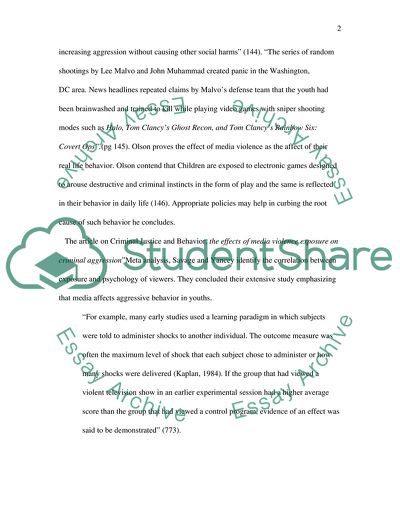Cite this document
(How Media Violence Affects the Real-life Violence of Young Children Research Proposal, n.d.)
How Media Violence Affects the Real-life Violence of Young Children Research Proposal. Retrieved from https://studentshare.org/social-science/1728873-how-media-violence-affects-the-real-life-violence-of-young-childrenresearch-papers
How Media Violence Affects the Real-life Violence of Young Children Research Proposal. Retrieved from https://studentshare.org/social-science/1728873-how-media-violence-affects-the-real-life-violence-of-young-childrenresearch-papers
(How Media Violence Affects the Real-Life Violence of Young Children Research Proposal)
How Media Violence Affects the Real-Life Violence of Young Children Research Proposal. https://studentshare.org/social-science/1728873-how-media-violence-affects-the-real-life-violence-of-young-childrenresearch-papers.
How Media Violence Affects the Real-Life Violence of Young Children Research Proposal. https://studentshare.org/social-science/1728873-how-media-violence-affects-the-real-life-violence-of-young-childrenresearch-papers.
“How Media Violence Affects the Real-Life Violence of Young Children Research Proposal”, n.d. https://studentshare.org/social-science/1728873-how-media-violence-affects-the-real-life-violence-of-young-childrenresearch-papers.


